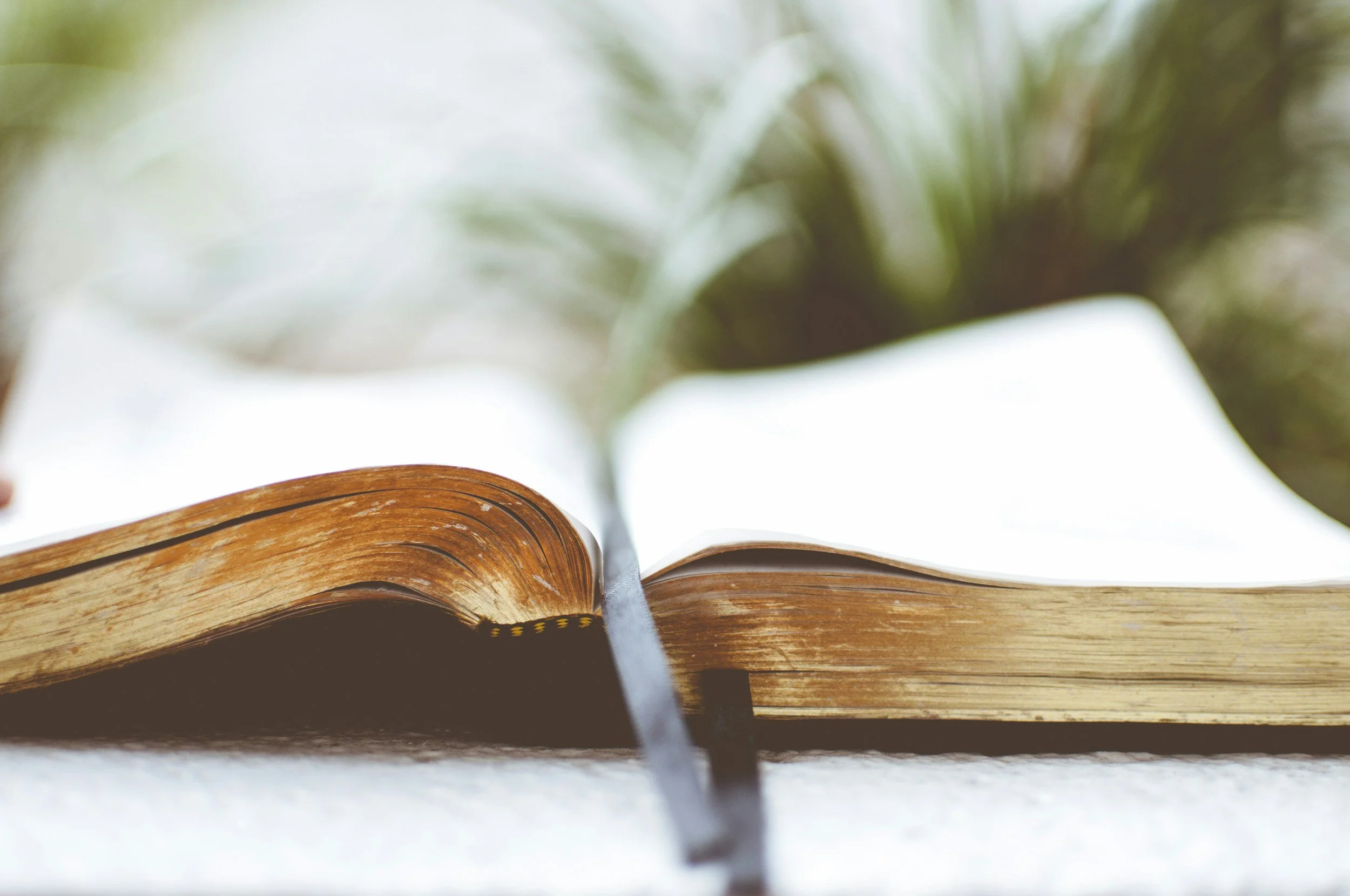Out of the story, into the storyteller
I enjoy telling stories and have for a very long time. Perhaps it’s the attention or the connection you have with your audience… regardless, there have been occasions where I’ve had unexpected moments of outside-looking-in clarity while telling a story. My first attempt at stand-up comedy comes to mind.
While performing, I found myself thrust into an out-of-body experience, seeing myself tell the story in real-time as an audience member. I’m not always surprised whenever these moments have happened in my life because sometimes it’s the safest place to be. In this particular moment, I was completely taken off guard. As an observer, I was hyper-aware of my tone, inflection, and physical mannerisms, and internally, I was gone. Vacant. Retrospectively, I can say, ah yes, I checked out early, the internal smoke alarm went off, saying this experience was far too emotionally vulnerable for me, and I happily disassociated and abandoned my body. That wasn’t the painful part, though; that was just me trying to protect myself. The painful part was that I continued my set completely disassociated from myself, and you could have heard a pin drop when I was done. Maybe the fact that it was a showcase performance and the majority of the audience were friends and family was why I wasn’t heckled off stage. Maybe they were in awe or shock as to what they were witnessing. I’ve made peace with not knowing.
My point is I abandoned my body and usurped my experience. What my body wanted and needed was for me to drop the story. Read the room. Connect with myself. And I ignored it all because the story was more important than me.
My dear reader, I’m saddened to say it's not uncommon to find people caught in their stories as a way of distracting themselves. With this, people often approach me with a great sense of urgency, caught in their stories, hoping that their problems can be solved quickly. However, it's important to understand that not everything can be solved in just 60 minutes. That’s not to say that you won’t make any progress, but the reality is, regardless of whatever breakthrough you have during a shower, hike in nature, meditation, dance class, ayahuasca ceremony, or coaching session, doing it once doesn’t equal sustainable change. Immediately sure, and if you’re lucky, maybe you can stretch those feel-good vibes over a month, but if you do not actively take the time to slow down, rest, digest, and embody your breakthroughs, they won’t stay.
Many of us struggle with tuning into our bodily sensations, especially when we tend to repress, deny, or ignore our emotions. Do we genuinely understand the concept of active listening?
To listen actively, we must first recognize the value of silence and be willing to embrace it.
For active listening to occur, instead of waiting for our turn to speak, we must learn to be comfortable with silence. This is the place where our felt sense speaks to us and embodiment lives. This is a skill we know how to do, and it’s a skill we’ve culturally and societally abandoned. Naturally, to regain/reclaim our ability to listen to our embodied self, we need to work at a depth and speed that allows us to identify it and trust we will find our way. This is the practice, and you may not have any sensations, feelings, or answers straight away.
Actively listening to our whole selves can be easy for some and extremely hard for others. Regardless of where you fall in being with your embodied self, I have found having a witness while you are practicing this is infinitely easier than on your own.
This work is a practice. If you find yourself struggling to actively listen, be embodied, and tune into your felt sense - I feel you and offer these words of encouragement - you are incredibly capable and creative - it might take an hour, a day, a few weeks, perhaps longer – whatever time it takes to find your answers I believe you will find your way.
